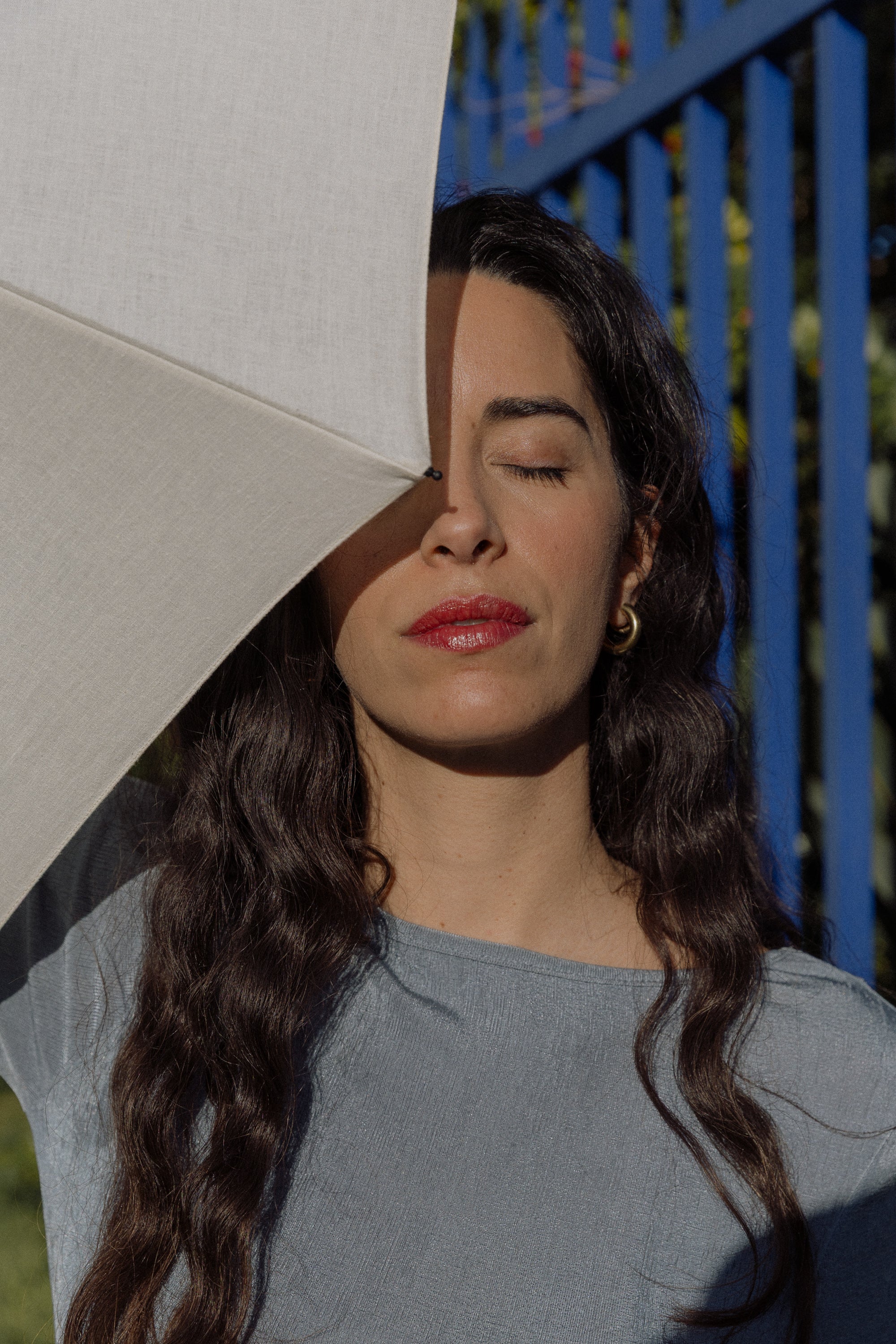

· By Andrew Leonard
Choice Sunscreen Failures - Here's How to Actually Protect Your Skin
So…what really is the best product for sun protection?
Alright champs, buckle up - because the sunscreen saga just got juicier. Remember that blind trust we placed in Aussie sunscreen giants? Turns out, some of them were playing fast and loose with their SPF numbers. And with melanoma killing over 2,000 Aussies each year, that’s some serious betrayal.
🔍 The global SPF scandals that stirred the pot
You thought this drama was new? Nah. It’s been brewing for years:
-
2016–2020 “Euroconsumers” SPF probe – In Europe, around 15 % of 120 tested sun creams failed to deliver the protection promised on the bottle.
-
2021 “Purito‑gate” – That beloved K‑beauty sunscreen Purito Centella Unscented Sun claimed SPF 50+, but independent testing revealed it offered closer to SPF 10.
-
2020+ benzene recalls – Valisure chemists alarmed the world when they found benzene (a carcinogen) in up to 27 % of tested sunscreens, including some big-name brands.
-
Ongoing ingredient drama – There’s also growing concern about oxybenzone’s hormone effects and coral reef damage, which is why it’s banned in places like Hawaii and Palau.
🌞 NOW, the CHOICE bombshell: Aussie sunscreens under the microscope
Earlier this year, CHOICE tested 20 of Australia’s most loved SPF 50+ sunscreens - and 16 flopped, some delivering protection as low as SPF 4. The only four stars that actually did their job?
-
La Roche‑Posay Anthelios Wet Skin SPF 50+ – tested at SPF 72
-
Neutrogena Ultra Sheer SPF 50 – lab result: SPF 56
-
Cancer Council Kids SPF 50+ – lab result: SPF 52
-
Mecca Cosmetica To Save Body SPF 50+ – lab result: SPF 51
So yes, La Roche‑Posay should get a standing ovation for actually delivering what it promises 💅.
🌡️ Why this matters in Australia right now
Australia’s UV is no joke. Most summer days hit “very high” (8–10) to “extreme” (11+) UV levels, and places like Darwin and northern QLD often soar to 12–14, even 16–17! Winter doesn’t mean safety either, UV still regularly climbs above 3, the SunSmart protection threshold.
With such intense UV exposure—and Australia’s skin cancer rates, where 2 in 3 Aussies will be diagnosed in their lifetime - this isn’t just skincare advice; it’s a survival skill.
Your ultimate sunboli sun protection checklist
1. Choose SPF you can actually trust
Go with the four lab-proven winners above. Not those pretty labels that promise SPF 50+ but deliver SPF 5. Your skin deserves better.
2. Apply generously
-
Face only? Use a pea-sized dollop (¼ tsp)
-
Face + neck + ears? Double it to ½ tsp
-
For your whole bod, go big with a shot-glass full (~30–35 mL or 6–8 tsp) per application - yes, really!
3. Reapply like it's your job
Top up every 1.5–2 hours, especially after swimming, sweating, or towelling off. And FYI, your 250 mL bottle won’t last all weekend at the beach if you're doing it right - and a family of four? You’ll need nearly 4 litres for a week's holiday, whaaaaaat?!
4. Slip. Slop. Slap. Seek shade. Slide
The Seek Shade step was officially added in 2007, and it’s now non-negotiable. Portable sun umbrellas are stylish, functional and boost your UV defense by up to 90 %. Bonus: shade doesn’t wash off or expire .
5. Rock UPF clothing
Regular tees don’t cut it. Look for UPF-rated pieces - we’re crushing on brands like Sol Bari, Sun Ray, and Luxe Sun for that chic-but-safe vibe.
Quick facts to flex on your next beach run
-
🔆 UV Index 3 = sun protection needed. In Oz, that’s all year round.
-
🔆 UV can burn your eyes, not just your skin - Pterygium ("surfer’s eye") affects ~1% of Aussies and is irreversible.
-
🔆 Last summer, nearly 300 Victorians ended up in hospital with severe sunburn, because extreme UV can scorch you in just 11 minutes
The sunboli truth bomb
Australia’s sun game is outrageous. We need real SPF, big dollops, continual reapplication, shade that’s functional and fashionable, and protective clothing with UV creds. With this combo, you're not just sun-smart - you’re sun-slaying.